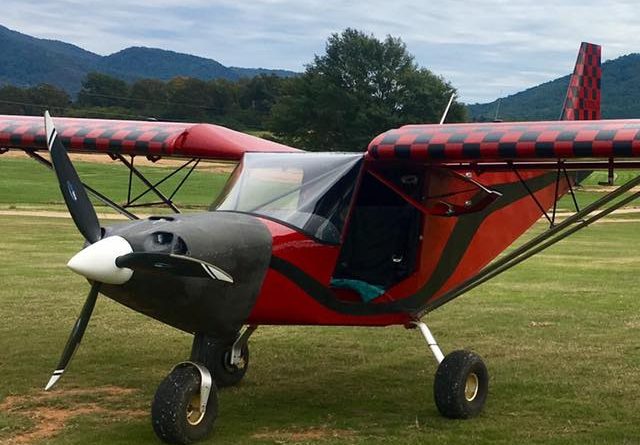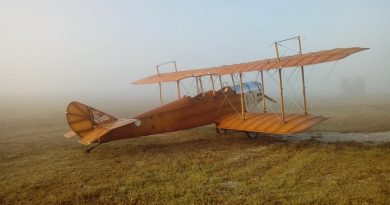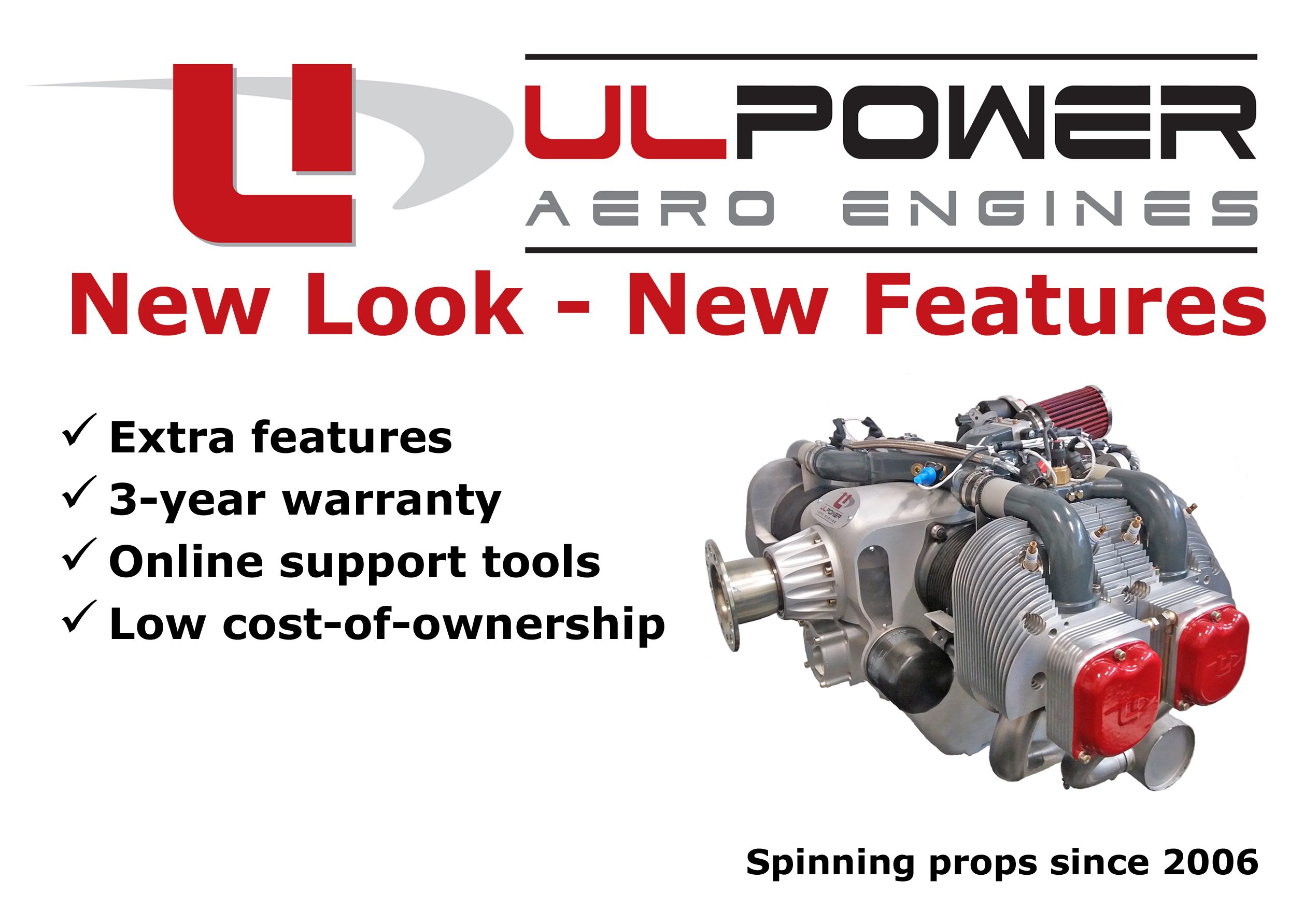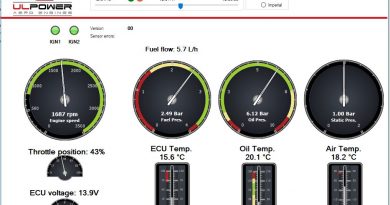Dad and daughter enjoying a ULPowered flight
Jon Humberd , proud owner of a Zenith Sky Jeep, takes his daughter on her first flight.
Warning : this video contains cute content !
After sharing this video, Jon got a lot of questions about his plane and the engine he installed .
In this fragment, taken from the Zenith Aircraft Flyer group on Facebook, he explains why he chose ULPower:
I have been asked many times why I decided to go with the ULPower for my airplane engine choice and I feel somewhat obligated to answer now that this Sky Jeep is airworthy and flying.
My background: I am an engineer by education and have worked inside-and-around engines and mechanical systems for ~40yrs, including some race engine design and assembly experience. However, in my daily life, I am just a humble farmer and I will never claim to know as much as some of the “professionals”.
There are many types of engines that can make good choices for airplanes. My engine choice is mostly just a preference, but here is my thought process…
First: Air-cooling is perfect for the range of horsepower we use in this application. An airplane engine’s primary purpose is to power a large fan to move massive amounts of air. It only makes sense to utilize a very small portion of this for engine cooling. So forget the extra weight of fluid, the numerous additional mechanical components, the extra ports and sealing required for liquid cooling. Don’t get caught up in the hype that liquid cooling is “better”.
Second: Direct drive=simplicity. Forget the reduction gearbox, all the extra maintenance, and potential failure points associated with it (bearings, seals, gears, separate oil, etc).
Third: Multipoint Fuel Injection. Choke and mixture controls are eliminated. Simple, reliable, efficient, and somewhat redundant. Have you ever seen a fuel injected engine freeze over and cause engine failure?
Fourth: Electronic ignition/dual plugs. Two plugs per cylinder ignited by two independent coils. Relatively simple and reliable.
Fifth: Traditional “boxer” layout (very low vibration), new component design, new lightweight component technology, powerful, and efficient.
Sixth: Flat tappet/solid lifter/mechanical valves. This one gets more technical and may be even more of a preference, but I prefer this setup over any other for a valvetrain. Valve adjustment is simple and when done routinely, it allows the ability to monitor some of the essential internals, easily indicating basic engine health. With the direct-drive, it also allows rotating assemblies to turn slower, utilize less valve spring pressure, and ultimately reduce wear. This valvetrain design is simple and has been proven reliable in the racing industry for decades. Forget all the “new technology” hype here too. The advantages of the new technology valvetrains give very little benefit to the aviation community, however, they do add more mechanical complication.
Seventh: It sounds like a healthy airplane engine and not some kind of screaming 2-cycle. It also doesn’t rattle and shake like a bag of walnuts being slammed into an empty metal barrel when it is being shut down. I have been told by numerous people that this is the quietest airplane they have ever heard.
In conclusion: So far, the ULPower engine is meeting all my high expectations. We can debate and go into more details if anyone is interested
Disclaimer: I am just an owner and am not affiliated with ULPower, however, the ULPower guy should take me for a steak dinner for this review.
If you have questions about ULPower engines, take a look on www.ulpower.com and /or contact your local dealer.



